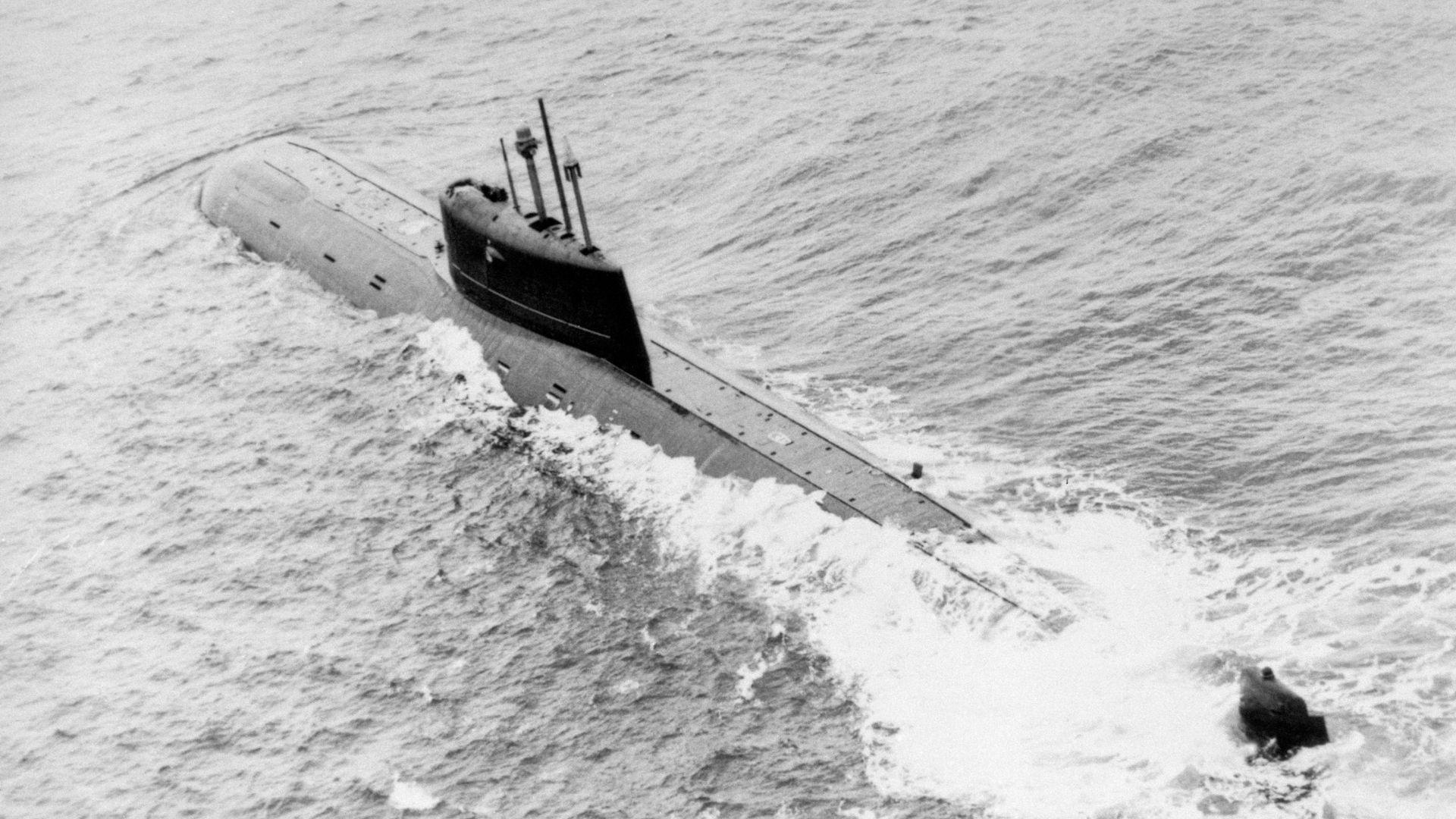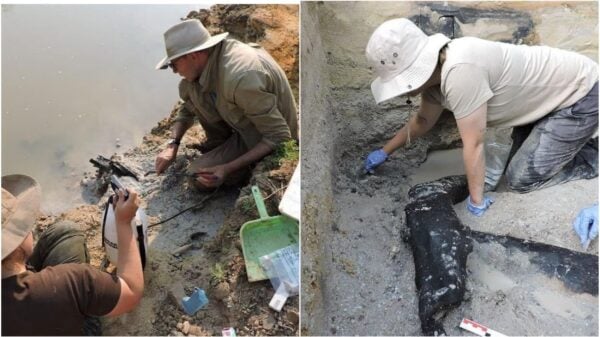Over three decades ago, a Russian nuclear submarine, K-278 Komsomolets, found its final resting place at the bottom of the Barents Sea. Norwegian researchers, in collaboration with their Russian counterparts, have unearthed a disturbing discovery: the submarine may have been leaking radiation into the surrounding waters for years. The potential environmental impact and concerns for maritime safety have come under scrutiny, as the nations grapple with the implications of these findings.
Water samples taken from around the submarine revealed radiation levels 100,000 times higher than uncontaminated water. The research unveiled in 2019 brings troubling questions about the short and long-term effects of the radioactive contamination. The joint team collected these revealing samples from 5,500 feet below the surface, about 100 miles southwest of Norway’s Bear Island, painting a daunting picture of a silent yet significant threat lurking in the depths.
Divers Finally Reach the Bottom of Belize’s Blue Hole
<iframe width=”100%” height=”100%” frameborder=”0″ allowfullscreen=”true” src=“https://www.youtube.com/embed/ZMzJOFBeUx4?rel=0”></iframe>
“The findings raise concerns that the boat is now actively leaking radiation, either from its reactor or a pair of nuclear-armed torpedoes, after sitting at the bottom of the Barents Sea for more than three decades,” a report in the Drive from 2019 states. The intricate process of collecting these water samples was conducted by a Norwegian-designed remotely operated submersible, Egir 600, that ventured deep into the submarine’s silent, watery grave.
The contaminated water collected has highlighted the need for an international dialogue on managing and disposing of radioactive material. With the increased tensions between the US and Russia, the discoveries come at a critical juncture. This sunken submarine, dubbed Soviet Project 685, is a stark reminder of the persistent and borderless nature of radioactive contamination and the collective responsibility nations bear.
Norwegian researchers disclosed that the radiation likely emanated from the submarine’s reactor or the nuclear-armed torpedoes onboard. The K-278 Komsomolets have been submerged for more than 30 years, and the passage of time has not contained the danger. A detailed analysis is essential to comprehend the extent of the radiation leak and its potential repercussions on the maritime ecosystem and beyond.
The research was spearheaded by Norway’s Institute of Marine Research and the University of Bergen. The Egir 600 submersible was pivotal in retrieving water samples from the ventilation pipe. Although initial findings were preliminary, the extraordinarily elevated radiation levels called for continuous and meticulous monitoring of the site to ascertain the extent and magnitude of the radioactive leakage.
Each sample plays a crucial role in understanding the range and impact of the contamination. Considerations include the potential effects on wildlife, ships, and coastal areas. The currents and water flow are essential factors in evaluating the dispersal of the radioactive material. The collaborative efforts of the international community are pivotal in mapping out comprehensive strategies to mitigate and contain radiation leakage.
Addressing this silent yet potent threat necessitates robust plans for the destruction, disposal, or removal of contaminated materials. The preservation of the marine ecosystem and safeguarding of maritime activities are paramount. The revelation of the leaking radiation from the K-278 Komsomolets is not just a chapter in the historical archives but a living testament to the enduring and complex challenges posed by nuclear technology and its legacy.


















